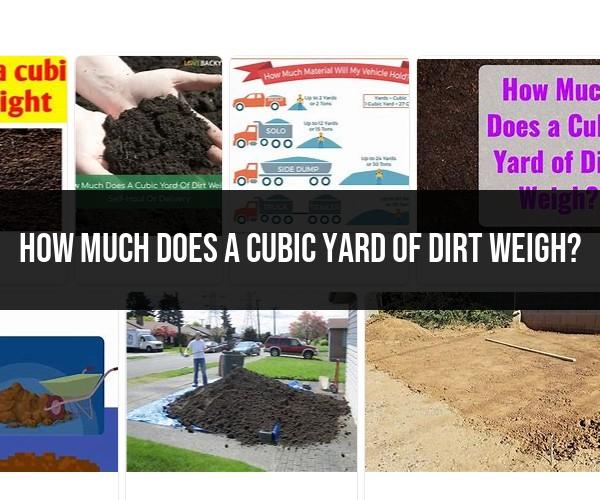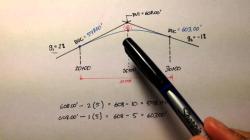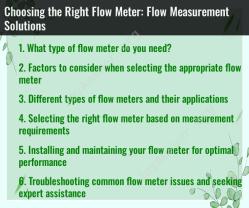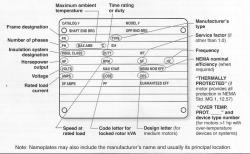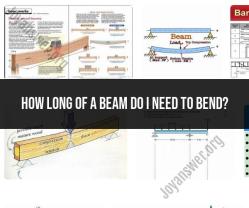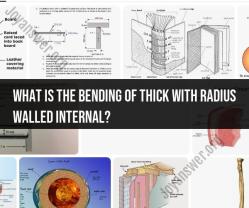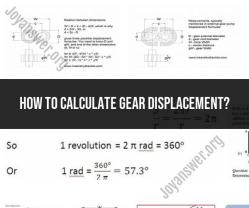How much does a cubic yard of dirt weigh?
The weight of a cubic yard of dirt, also known as its bulk density, can vary depending on the type and moisture content of the soil. Dirt is a mixture of minerals, organic matter, water, and air, and different types of soil have different densities.
On average, the bulk density of dry, loose topsoil is around 2,000 to 2,200 pounds per cubic yard. However, this value can vary significantly. Here are some examples of bulk densities for different types of soil:
Sandy Soil: Sandy soil tends to have a lower bulk density, ranging from 1,800 to 2,000 pounds per cubic yard. It has larger particles, which leave more air spaces, resulting in lower density.
Clay Soil: Clay soil has a higher bulk density, typically around 2,200 to 2,500 pounds per cubic yard. It contains smaller particles, leading to higher packing and density.
Loam Soil: Loam soil is a mix of sand, silt, and clay and is considered ideal for gardening. Its bulk density usually falls within the range of 2,000 to 2,200 pounds per cubic yard.
Moisture Content: The moisture content of the soil also affects its bulk density. Wet or compacted soil will have a higher density than dry, loose soil.
It's essential to note that bulk density can vary due to factors such as compaction, organic matter content, and the presence of rocks or debris in the soil. To determine the exact weight of a cubic yard of dirt, it is best to measure and weigh a specific sample of the soil in question.
To calculate the weight of a cubic yard of dirt, you can use the following formula:
Weight (in pounds) = Bulk Density (in pounds per cubic yard) * Volume (in cubic yards)
Keep in mind that bulk density measurements are typically used in construction, gardening, and engineering to estimate material quantities and design structures accordingly. For precise calculations or when dealing with specific types of soil, it is recommended to obtain laboratory tests or consult with experts in soil science or geotechnical engineering.
